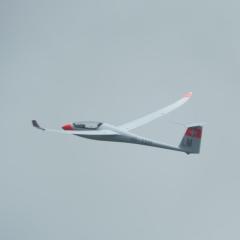AS 1903 canon pinion disassembly, lubrication and reassembly
-
Recently Browsing
- No registered users viewing this page.
-
Topics
-
Posts
-
By LittleWatchShop · Posted
I read somewhere that some trupoise found in the wild have an alignment problem. I cannot remember details, but when I got mine, it was the first thing I checked. -
By Neverenoughwatches · Posted
Different methods for different reasons and different levels of skill. The methods change as the skill improves, it's just a way of progression and evolving. The reverse is true, when a skill deteriorates, the ways change to compensate. -
By Neverenoughwatches · Posted
Desperately in need of some human interaction please 😅 schools off for Easter and I haven't left my house for four days. I'm busy sorting and partially stripping back to identify old movements for donor parts, but warm and cosy in the Watchroom. I've managed about 50 up to now since Monday with only one unidentified ( which I might put up for Cluedo later ), so slowly filling up the new donor draw. Strange that 25% of them are BFG movements. Probably another 100 or so to go through. The Flume book I'm using is easier to navigate than the Bestfit, this one dates to 1972 and is laid out better than the older editions, as far as I know there are more recent editions published. -
Didn't know shimming conforms to Swiss horolog standards, in watch repair, if its to compensate for pivot wear, it actually is not a bad practice, for the following reasons. 1- No need to deform any part. 2- Substitutes restaffing balance wheel, thus no need to re-poise balance wheel, among other tasks to built a balance complete. Which is why, I tend to recommend shimming specially to beginers. Lets not forget, to beginers, getting a non runner to tick and perhaps tok 🤩 is best encouragement. Regs
-








Recommended Posts
Join the conversation
You can post now and register later. If you have an account, sign in now to post with your account.
Note: Your post will require moderator approval before it will be visible.